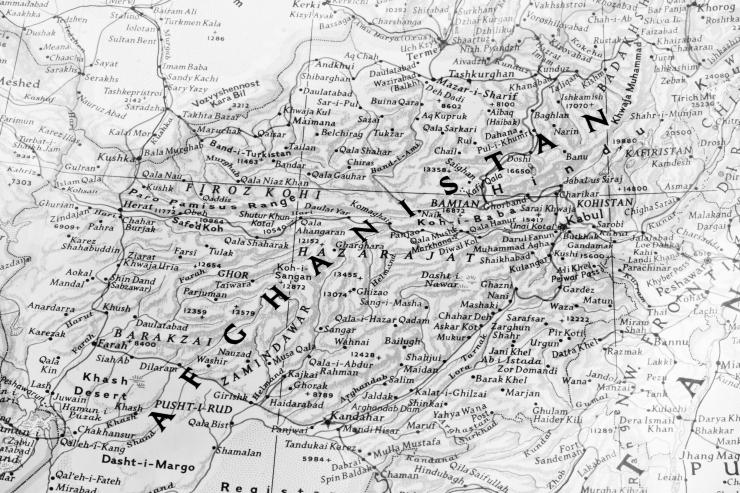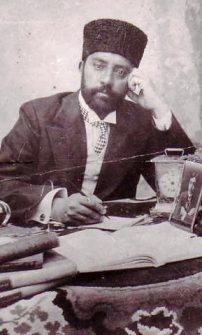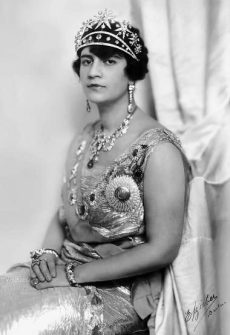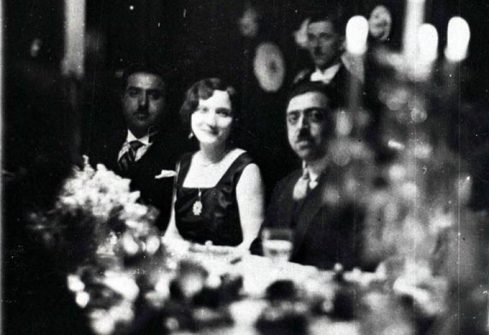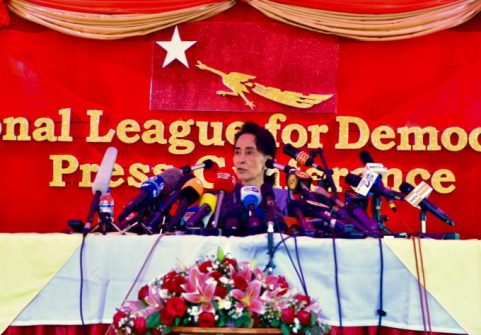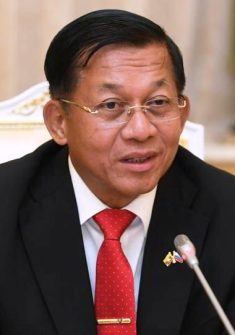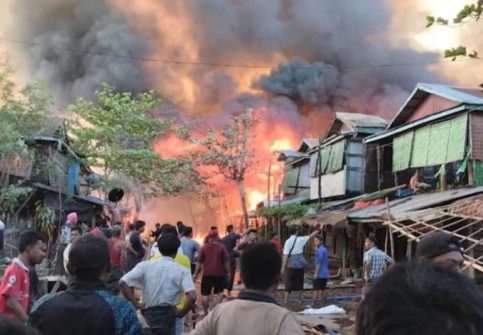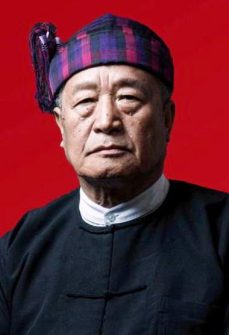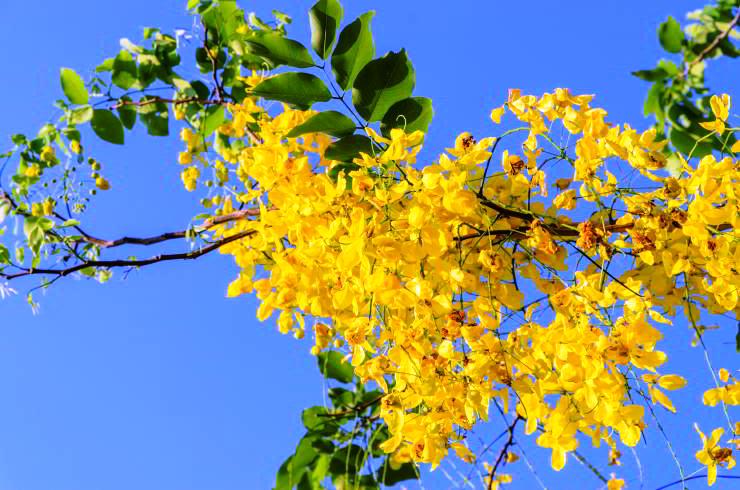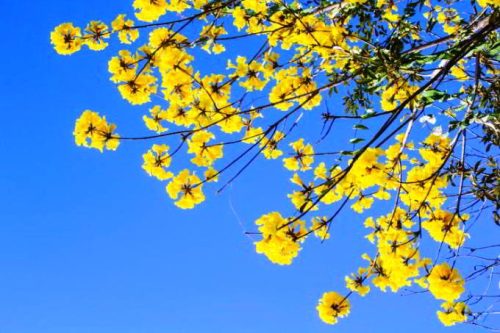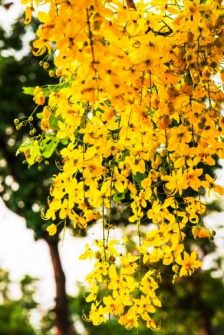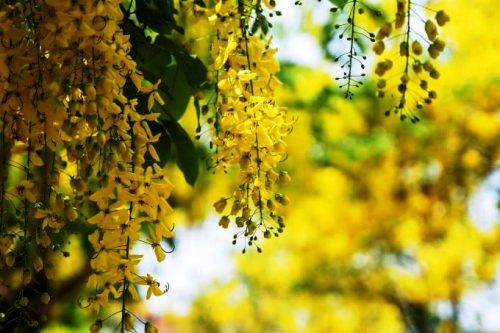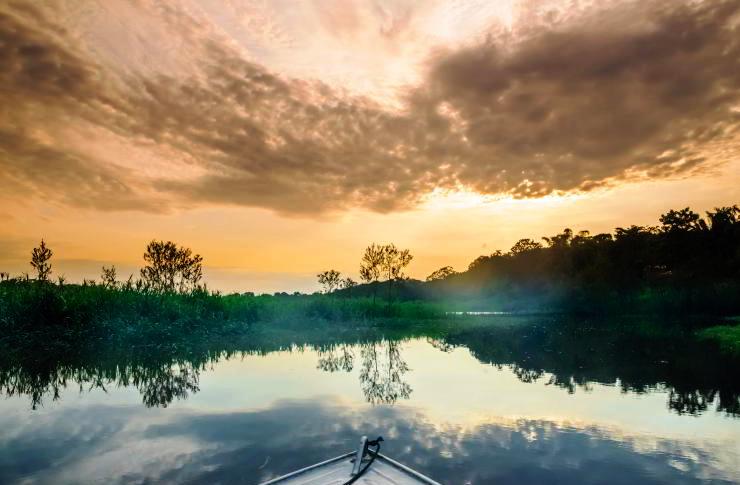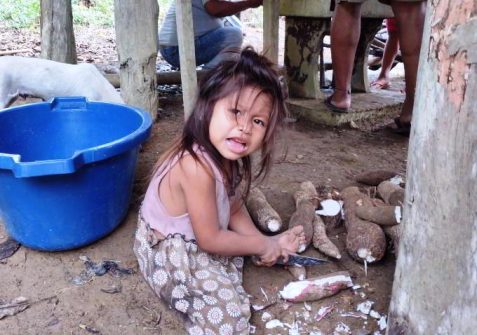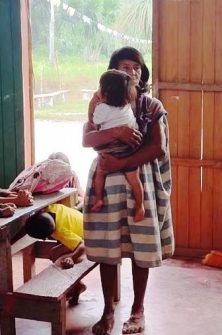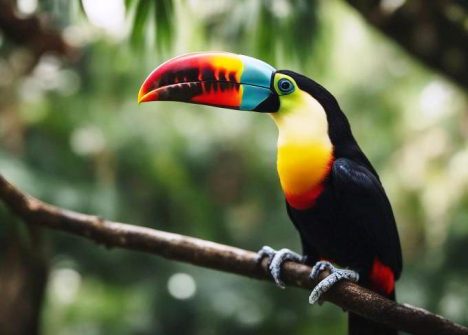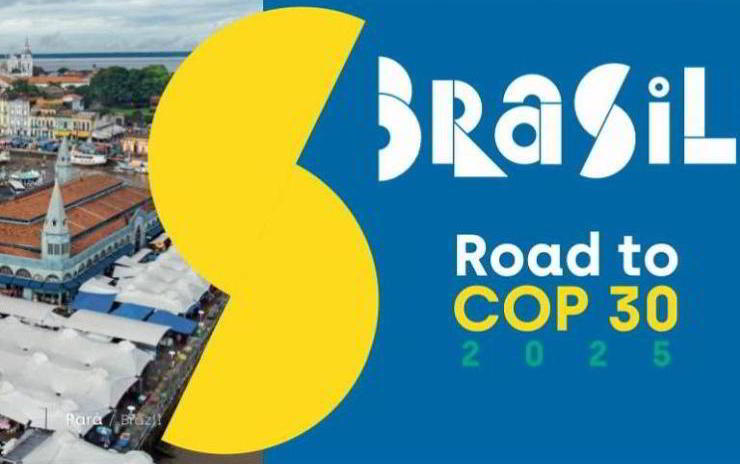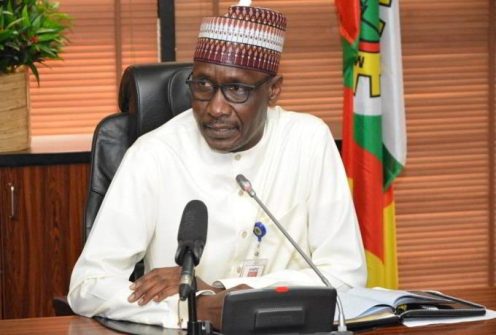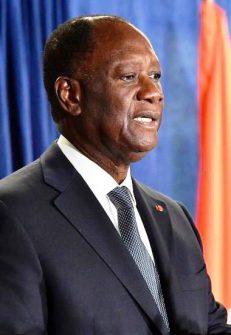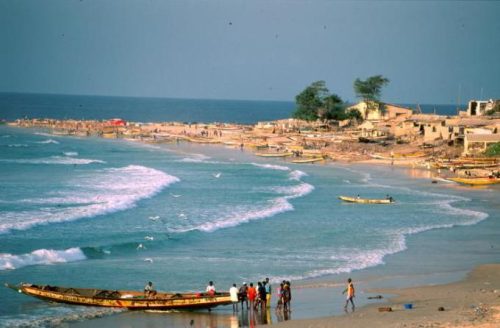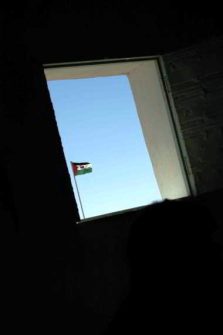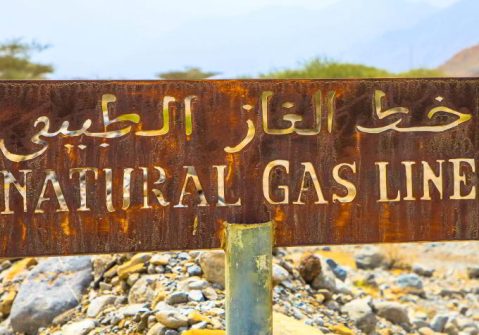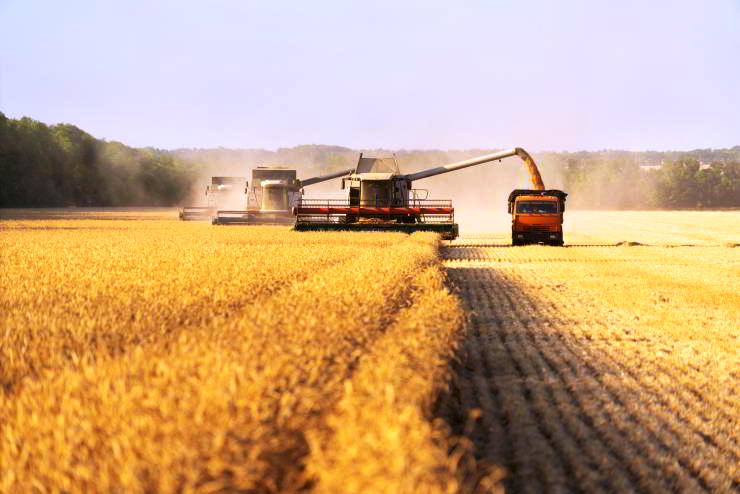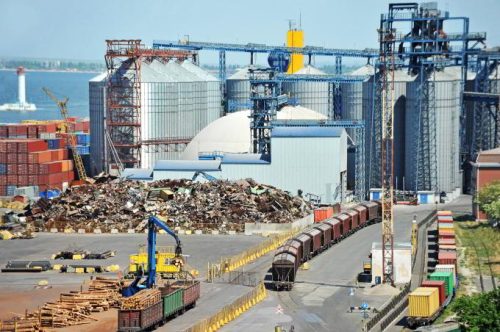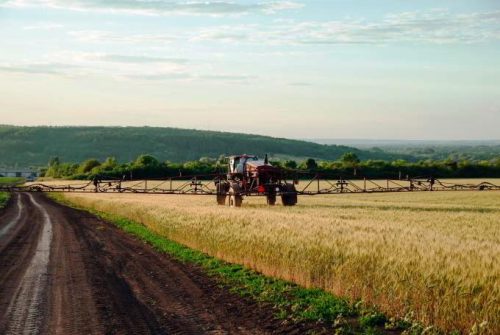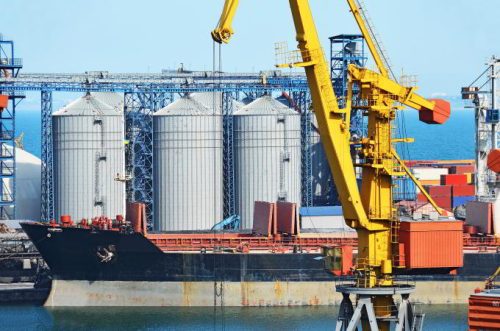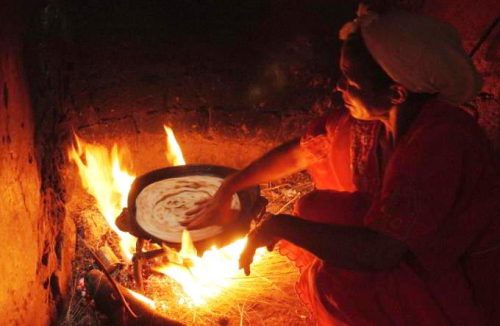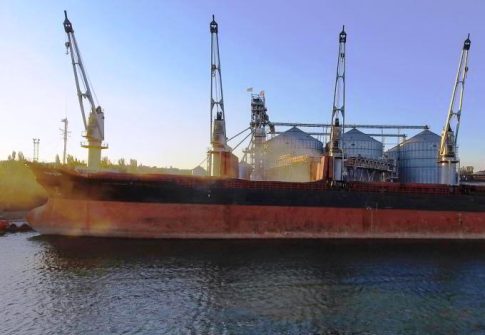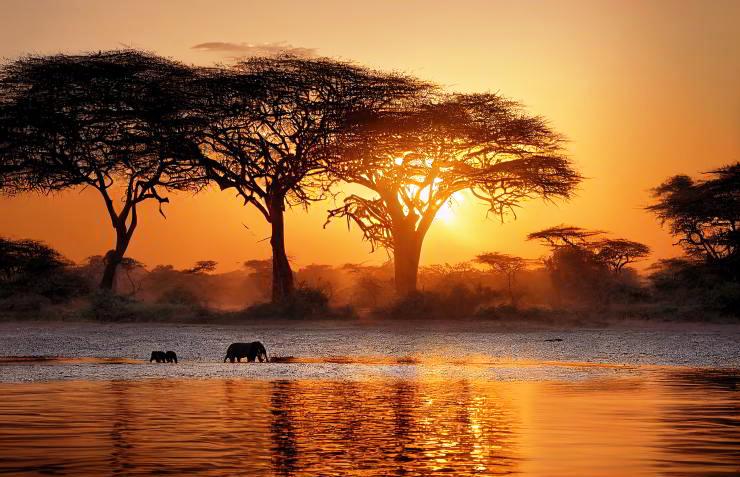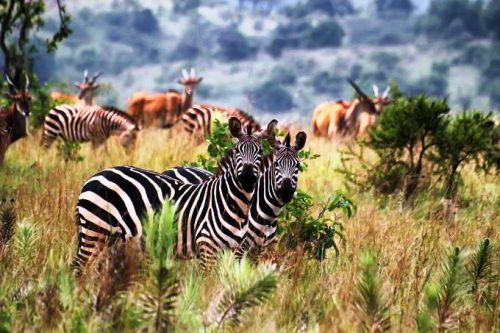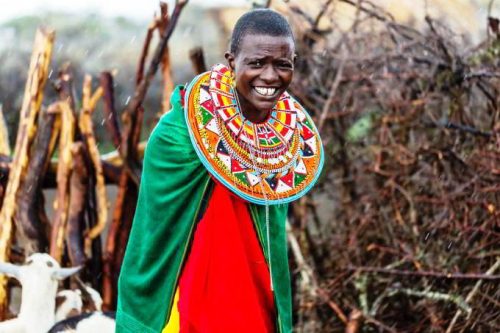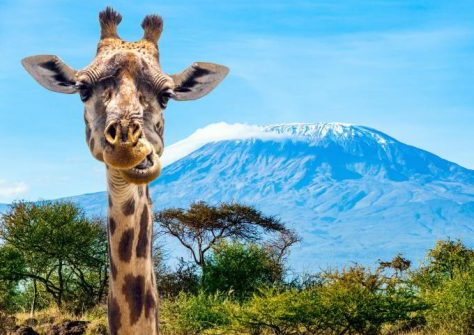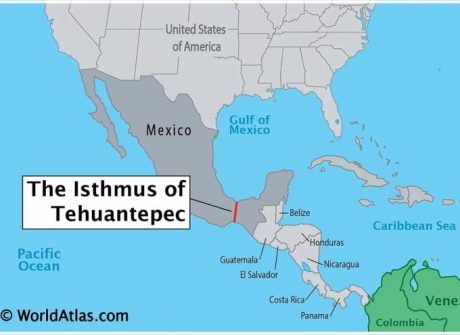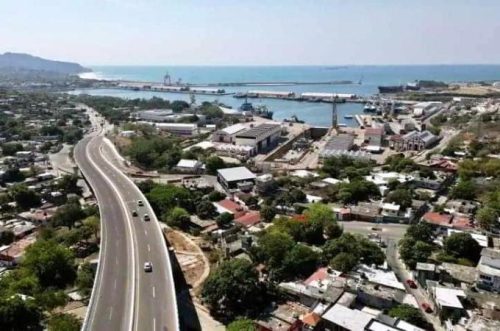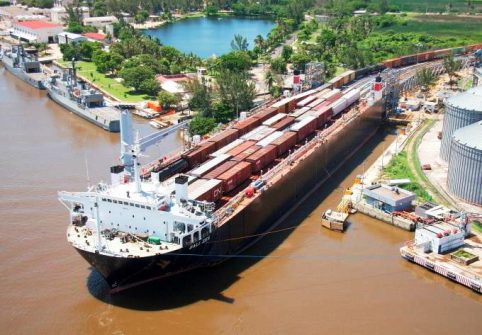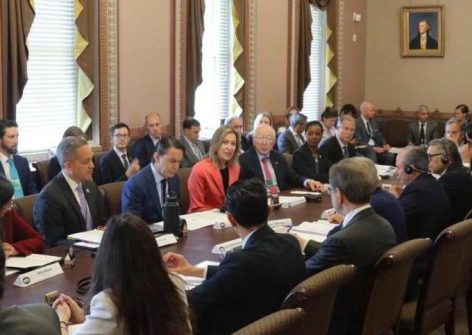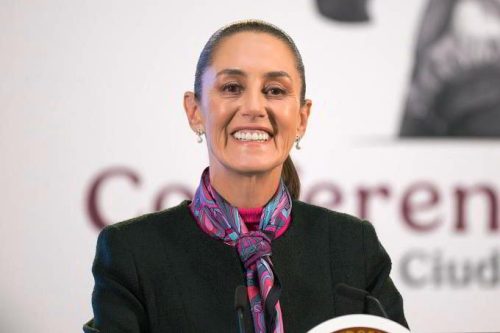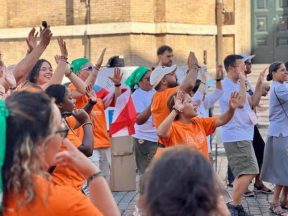Christians in Syria. Between cautious optimism and fear.
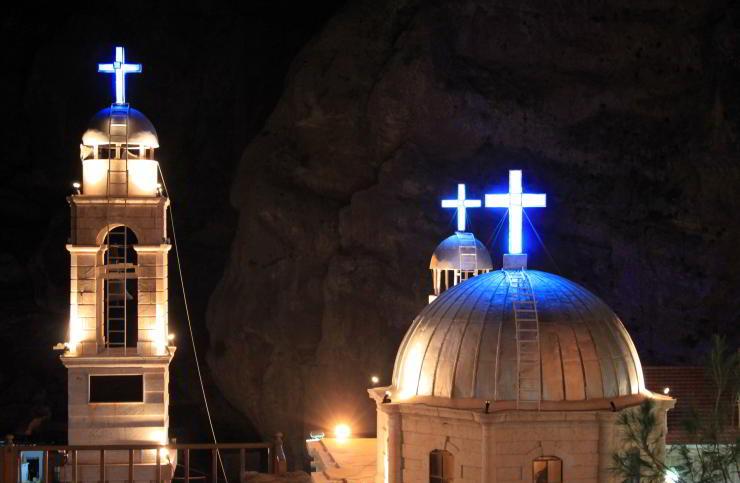
The fall of Bashar al-Assad’s regime gave way to the rapid rise of rebel groups with Islamist roots. The Christian minority reacted with a mix of cautious optimism and deep apprehension as promises of inclusivity from rebel leaders clashed with fears of persecution.
Almost 15 years ago, in 2010, revolutions across the Middle East toppled several dictatorships in what became known as the Arab Spring. For Syria, however, there was no Spring, only a 14-year-long Arab Winter, which saw the country torn apart by a devastating civil war. Syria was never going to be like Tunisia or Egypt. The very delicate balance of ethnic and religious groups – a majority of Sunni Muslims and minorities of Alawites, Druze, Christians and Kurds, among others – made any drastic social change very dangerous. The anti-Assad movement began as a global phenomenon, with some Christians playing a prominent role, but it soon devolved into a radical Sunni uprising.
Like his father before him, Bashar al-Assad ran a bloodthirsty regime, but being Alawite himself, he made sure to keep Islamist radicals under control. Christians in Syria were never free, but they knew that if they kept their heads down, at least they would be safe, so the choice between the jihadists and the regime wasn’t a difficult one to
make for most of them.
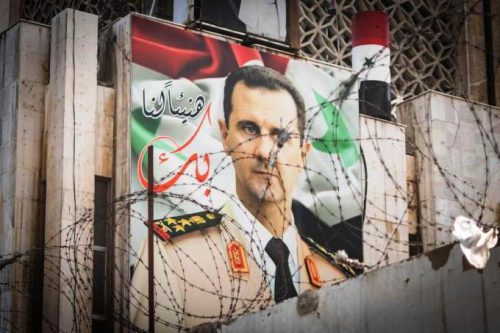
Poster with Syrian President Bashar Al Assad on building façade. Bashar al-Assad ran a bloodthirsty regime. Shutterstock/hanohiki
With strong support from Russia, Iran and Iranian proxy groups such as Hezbollah, Syria managed to quell the revolt and squeeze the opposition fighters into Idlib, where they were protected by neighbouring Turkey. At the same time, Kurds in the northeast of the country carved out their own de-facto autonomous state, forming a coalition with Syriac Christians and members of other ethnic minorities. This region became an interesting experiment in democracy, almost unique in the Middle East, with full equal rights and representation for all religious and ethnic groups, as well as parity between men and women in all public positions. Christian militias such as the Syriac Military Council fought alongside the Kurdish YPG in the Syrian Democratic Forces, which worked on the ground to destroy ISIS in Syria with logistical and air support from the US. Although the regime did not look fondly on this democratic experiment, as long as Damascus and the SDF had a common enemy in jihadism, they chose to ignore each other rather than fight. This was the situation at the beginning of December. Essentially, it is a prolonged stalemate with no prospects of changing anytime soon. Syria had become a forgotten conflict while the country continued to wallow in a financial crisis made all the worse by a terrible earthquake in 2023.
Change of scenario in 2022
Russia committed itself to what it initially hoped would be a three-day march on Kyiv, but turned into a years-long gruelling war. This meant that Moscow had to tone down its involvement in disputes elsewhere and had already cost the Armenians a defeat to Azerbaijan in Nagorno-Karabakh. Meanwhile, Syria’s other allies, Hezbollah, found themselves in a full-scale war with Israel. Rather than simply hurl missiles at each other from across the border, this time, the Israelis decided to go after Hezbollah militants and leaders with all their might. A succession of daring initiatives, such as the boobytrapping of pagers used by Hezbollah for communication, followed by precision strikes, wiped out much of the group’s forces and its entire leadership.
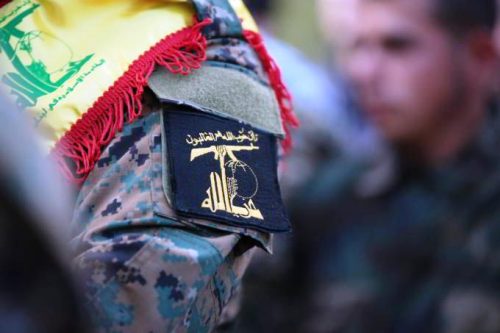
Hezbollah found themselves in a full-scale war with Israel. Shutterstock/nsf2019
Assad’s problem was an overreliance on his allies. In the three years of relative peace, he did little to strengthen his army or, for that matter, to quell disaffection among the population under his control. The rebels, on the other hand, had been training and arming. Nobody thought much of it when they broke out of Idlib to take nearby positions. When they arrived at the outskirts of Aleppo, Syria’s largest city, a day or so later, the world expected a showdown and a Russian-backed response that would drive them back north, but it never materialized.
Instead, the Syrian Army forces fled for their lives, while many deserted and joined the rebels’ ranks. In less than a week, the rebels were at the gates of Damascus, resistance was non-existent, and Assad
boarded a plane to Moscow.
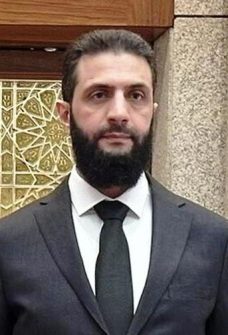
Abu Mohammad al-Julani, Transitional President of Syria since 29 January 2025. CC BY 4.0/Mfa.gov.ua
Half a century of dictatorship gone with little more than a whimper. While many Syrians took to the streets to celebrate, Christians braced for the worst.
The main opposition group, Hayat Tahrir al-Sham (HTS) was originally an ally of Al-Qaeda. While its leader, Abu Mohammad al-Julani, has gone out of his way to show that the group has changed its attitude towards Christians and other minorities, many feared this was just a clever ploy to ensure Western support. There were incidents in Aleppo, with some rebels threatening Christians and destroying stocks of alcohol, for example, but the feared mass persecution of Christians in Syria had not materialized one week after the fall of Assad’s regime.
Prudent Optimism
Christian leaders began to speak with cautious optimism. There was even a rumour that the Archbishop of Aleppo had been asked to take on the role of governor of the city, although he denied it. While al-Julani’s men from the HTS swept south towards Aleppo, another Syrian faction, this one even more heavily linked to Turkey, was taking the fight to the Kurdishled territories in the northeast. Turkey considers the Kurdish YPG an extension of the PKK, a group that has fought against Ankara’s rule in Turkish Kurdistan. For the past several years, Turkey has been carrying out a military campaign to ensure a buffer zone on the Syrian side of its border. However, this implies the ethnic cleansing not only of Kurds who traditionally live there but also of their Christian allies.
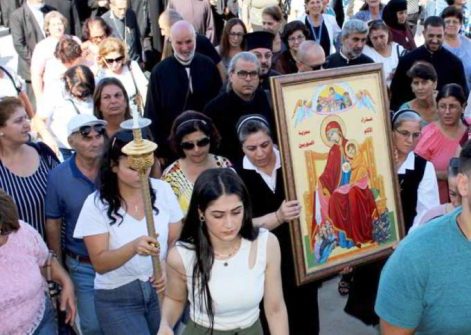
Pilgrimage of the icon ‘Our Lady of Sorrows, Consoler of Syrians’ in Homs. (Photo ACN)
The Kurds still have US support, but whether this will be maintained during a Trump presidency remains to be seen. It is also unclear if Turkey is content to control the areas south of its border or if it wishes to crush the Kurdish-led alliance altogether. If the latter, the prospects for Christians allied to the Kurds are not very promising. If the worst-case scenario materializes, that is, if the new regime in Syria becomes an Islamist regime that persecutes Christians, and the northeast is attacked, Christians can be expected to flee en masse from Syria.
The easiest ways out of the country are into Lebanon or Iraq. Both pose serious problems. Lebanon faces a period of uncertainty. With Assad gone, an already diminished Hezbollah no longer has easy access to weapons and other forms of Iranian support. The end of Hezbollah stranglehold on Lebanese politics could be good news for Christians there, but it could also lead to a power vacuum that will cause a renewal of conflict between different sects, in a throwback to the worst days of the Lebanese civil war.
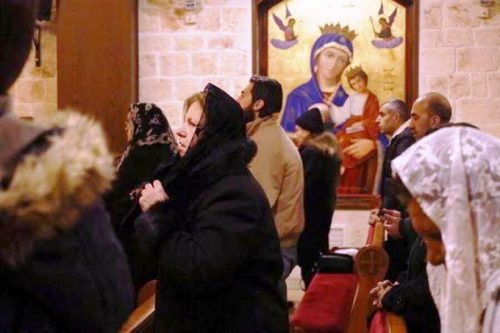
Liturgical celebration in Aleppo. (Photo ACN)
Even if this does not happen, a new influx of refugees fleeing an Islamist regime in Syria might prove too much to handle for a country that can barely cope with successive waves of refugees, first from Palestine and, more recently, from Syria and Iraq. Of course, a best-case scenario would be that Syria stabilizes and many refugees in Lebanon now decide to return.Regarding Iraq, Syrian Christian refugees from the northeast or elsewhere would probably find a haven in Iraqi Kurdistan and the Nineveh Plains, but the problem is that an Islamist Syria could very well seep over the border into Iraq.Even if the worst days of an ISIS dominated Mosul do not return, the mere threat of revived Islamism anywhere near the traditional Christian homeland of the Nineveh Plains will be enough to drive most of those who have so far chosen to remain in Iraq to leave the country, probably for good.
Turkey and Israel
To put it bluntly, if Syria goes down the path of jihadism, the results for Christians in Lebanon, Syria and Iraq would be apocalyptic, and if those Christian populations give up hope and leave, the Christian presence in the entire Middle East will become a mere relic.
There is hope, however. As we have seen, two of the leading players in this scenario are Turkey and Israel.
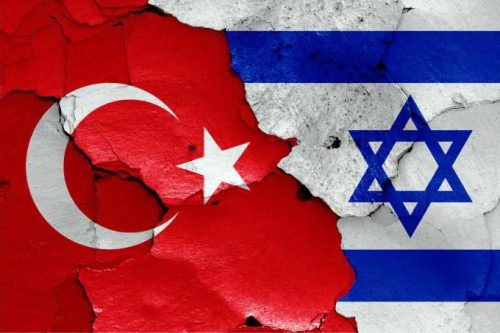
Flags of Turkey and Israel. 123rf
Although it would be a step too far to call them allies, the two countries have drawn closer together over the past years, having Iran as a common enemy, and it would not be the first time their interests converge. Azerbaijan’s crushing victory in Karabakh was achieved to a large extent with Turkish support and weapons provided by Israel. Neither Tel Aviv nor Ankara wants a jihadist Syria, and since Israel successfully managed to obliterate Syria’s entire military power in the space of two days after the fall of Assad, a new regime will be completely dependent on Turkish support for now, so should be quite easy to control. If Syria’s new rulers live up to their word and let pragmatism, rather than ideology, guide their actions, then Christians may still be safe in the entire region. However, if history has taught us anything in the past decades, it is that radical Islamist allies one day can become deadly enemies the next. (Open Photo: Blue crosses and towers in monastery Saint Takla in Maalula, Syria. 123rf)
Filipe D’Avillez

